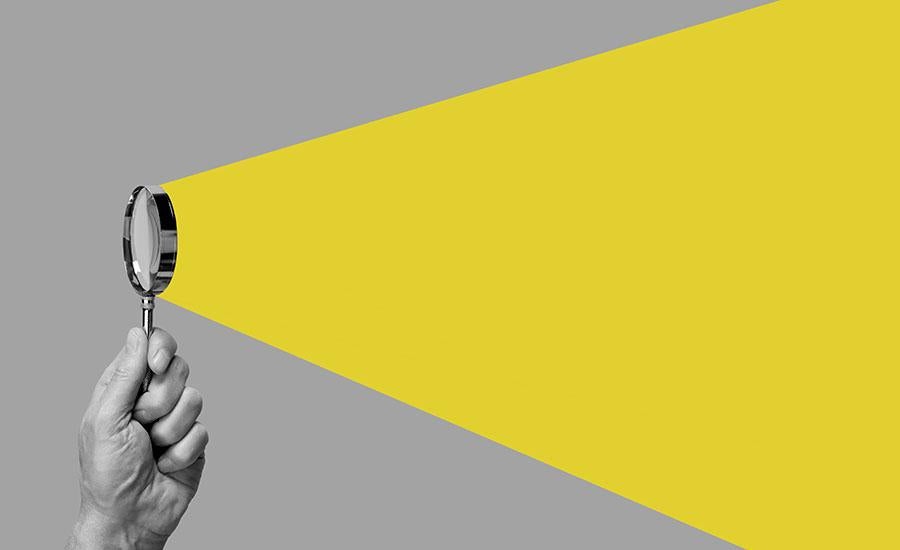
Light Reflection and Light Refraction
How do light rays reflect and refract? Does light travel at different speeds in different mediums? This lesson reviews how light waves can be reflected and refracted, and how light waves can change speed when being transmitted from one medium to another. Snell's Law is examined in detail, as are the properties of light waves in general, such as speed, frequency and wavelength. An exploration of mirrors (for light reflection) and lenses (for light refraction) are included, as are prisms which exhibit light dispersion and internal reflection. Lastly, examples of how light reflection and light refraction are used in modern devices and technologies are provided.
Lesson Plan Link/URL
https://docs.google.com/presentation/d/1a9IcZRdvHLA3M8SHjD3Frk_4jkZSZbm3/edit?u…Subject Area
Science Physical Science P1: Matter P4: Energy Transfer Engineering S2: Apply the Engineering Design Process S4: Apply Science to Engineering Mathematics Geometry (G) Algebra (A) Reasoning with Trigonometry (RT) Reasoning with Vectors (RV)Related Content

Built as a month long, end of year project, students get to discover the water quality of several geographically different natural water sources by completing field research and data collection. As a

What will houses of the future look like? This Physics project-based lesson helps students explore what houses of the future might look like based on their geographical locations and climate. Students

This lesson plan focuses on the following standards. Construct an explanation of the origin, expansion, and scale of the universe based on astronomical evidence. ● The study of stars' light spectra